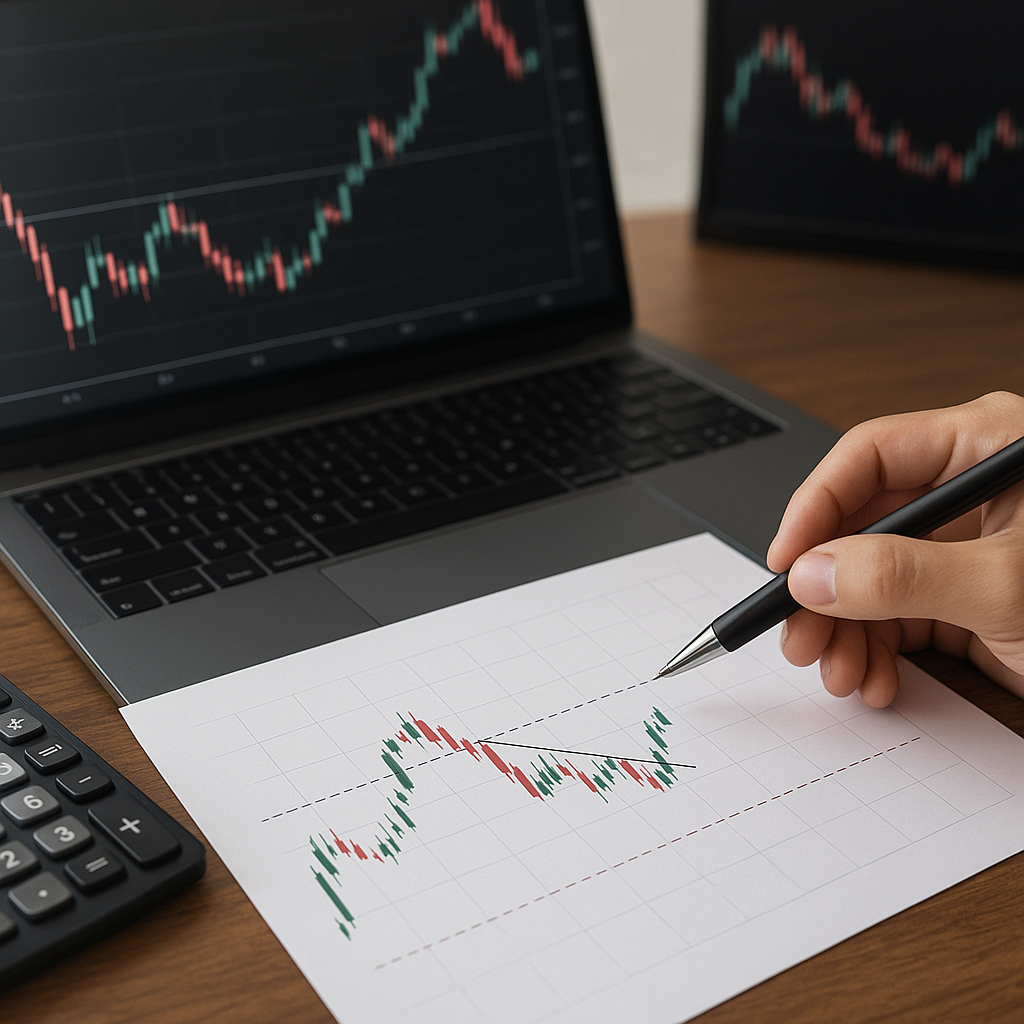Forex futures, also known as currency futures, are financial contracts that obligate the buyer to purchase, or the seller to sell, a particular currency at a predetermined future date and price. These instruments are traded on regulated exchanges and offer a way for investors to hedge against currency risk or speculate on currency movements. In this article, we will explore how forex futures can be used to diversify an investment portfolio, providing both a hedge against currency risk and opportunities for profit.
Understanding Forex Futures
Forex futures are standardized contracts that specify the exchange of a set amount of one currency for another at a future date. These contracts are traded on exchanges such as the Chicago Mercantile Exchange (CME), which ensures transparency and reduces counterparty risk. The standardized nature of these contracts means that they have specific terms, including the contract size, settlement date, and tick value.
Key Features of Forex Futures
- Standardization: Each forex futures contract is standardized in terms of contract size, settlement date, and tick value, making them easier to trade and understand.
- Leverage: Forex futures allow traders to control large positions with a relatively small amount of capital, thanks to the use of leverage. This can amplify both gains and losses.
- Liquidity: Major currency pairs traded as forex futures typically have high liquidity, ensuring that traders can enter and exit positions with ease.
- Regulation: Forex futures are traded on regulated exchanges, which provide a level of security and transparency not always found in the spot forex market.
Benefits of Using Forex Futures for Diversification
Diversification is a key strategy in investment management, aimed at reducing risk by spreading investments across various asset classes. Forex futures can play a crucial role in this strategy by providing exposure to currency markets, which often behave differently from traditional asset classes like stocks and bonds.
Hedging Against Currency Risk
One of the primary benefits of forex futures is their ability to hedge against currency risk. For investors with international exposure, currency fluctuations can significantly impact returns. By using forex futures, investors can lock in exchange rates, thereby mitigating the risk of adverse currency movements.
For example, a U.S.-based investor holding European stocks may be concerned about the potential depreciation of the euro against the dollar. By entering into a forex futures contract to sell euros and buy dollars at a future date, the investor can protect against the risk of the euro weakening.
Speculative Opportunities
In addition to hedging, forex futures offer speculative opportunities. Traders can take positions based on their expectations of future currency movements. If a trader believes that the Japanese yen will appreciate against the U.S. dollar, they can buy yen futures. If their prediction is correct, they can profit from the favorable exchange rate movement.
Speculative trading in forex futures can be highly profitable, but it also carries significant risk. The use of leverage means that even small price movements can result in substantial gains or losses. Therefore, it is essential for traders to have a solid understanding of the market and employ risk management strategies.
Implementing Forex Futures in Your Portfolio
Integrating forex futures into an investment portfolio requires careful planning and consideration. Here are some steps to help you get started:
Assess Your Risk Tolerance
Before diving into forex futures, it is crucial to assess your risk tolerance. These instruments can be highly volatile, and the use of leverage can amplify both gains and losses. Ensure that you are comfortable with the level of risk involved and that it aligns with your overall investment strategy.
Determine Your Objectives
Clearly define your objectives for using forex futures. Are you looking to hedge against currency risk, or are you seeking speculative opportunities? Your objectives will influence the types of contracts you trade and the strategies you employ.
Choose the Right Contracts
Select the forex futures contracts that best align with your objectives. Consider factors such as contract size, liquidity, and the currencies involved. Major currency pairs like EUR/USD, GBP/USD, and USD/JPY typically offer high liquidity and tighter spreads, making them popular choices for traders.
Develop a Trading Plan
A well-defined trading plan is essential for success in forex futures. Your plan should include entry and exit strategies, risk management techniques, and position sizing rules. Stick to your plan and avoid making impulsive decisions based on short-term market movements.
Monitor and Adjust
Regularly monitor your forex futures positions and adjust them as needed. Market conditions can change rapidly, and it is essential to stay informed and be prepared to make adjustments to your positions. Use tools such as stop-loss orders to manage risk and protect your capital.
Conclusion
Forex futures offer a valuable tool for diversifying an investment portfolio. Whether you are looking to hedge against currency risk or capitalize on speculative opportunities, these instruments can provide exposure to the dynamic world of currency markets. However, it is essential to approach forex futures with a clear understanding of the risks involved and a well-defined trading plan. By doing so, you can harness the potential of forex futures to enhance your investment strategy and achieve your financial goals.



